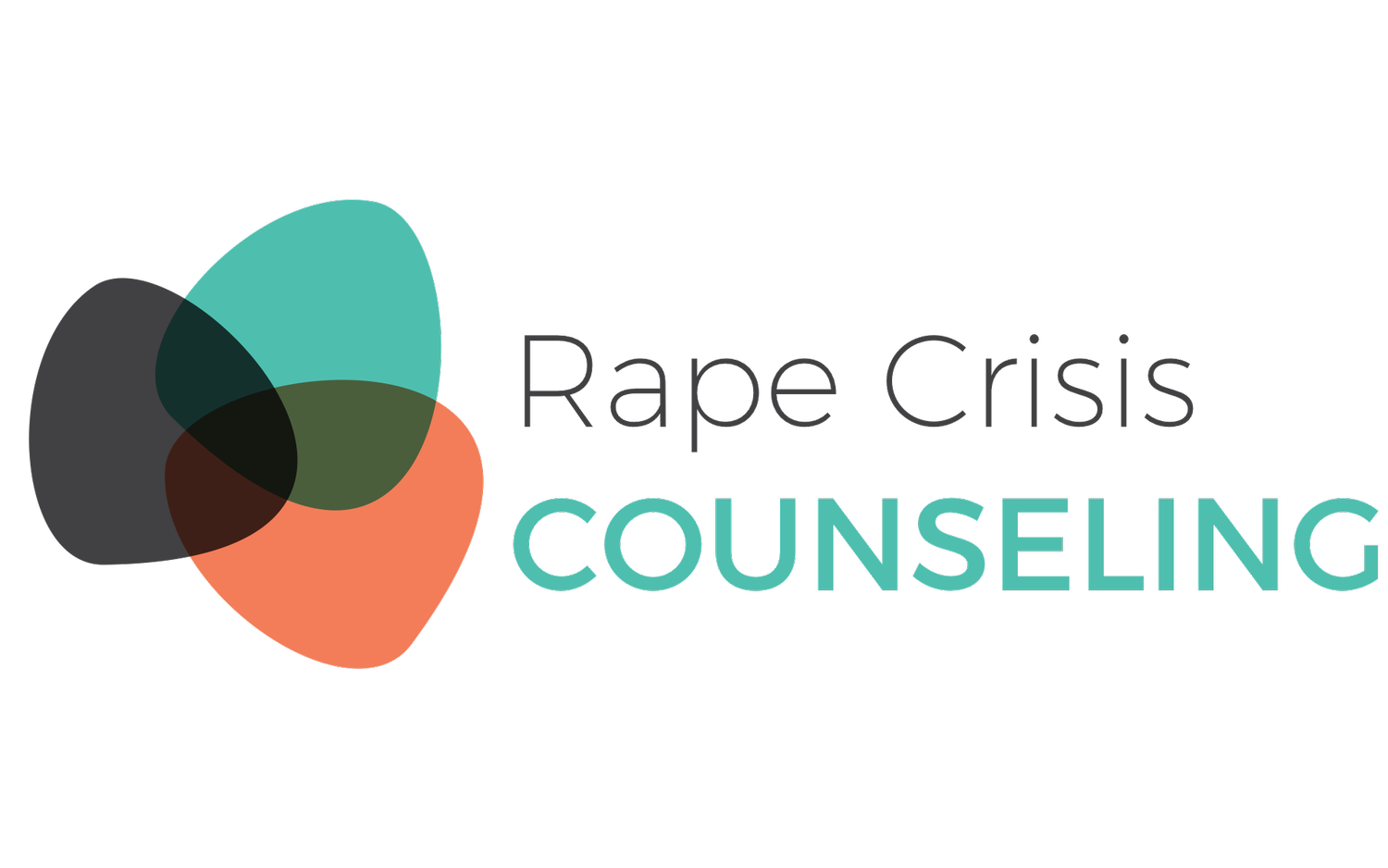4.5.3 Law Enforcement Responsibilities for Sexual Assault Evidence Collection Kits
The chain of custody is critical to establishing the authenticity and relevance of admissible evidence.
A proper chain of custody document identifies everyone who has had custody of the evidence and tracks the location of that evidence in chronological order from collection to destruction.
The collection of samples for the Sexual Assault Evidence Collection Kit establishes the first link in the chain of custody.
The healthcare provider who has collected the samples needs to record an inventory of each item as part of the forensic exam.
All personnel who handle evidence should be aware that court testimony may be expected as part of their interaction with the evidence.
Kits should be received by the local law enforcement agency from the health center as soon as possible, ideally no later than three business days after the collection of the kit.
Law enforcement agencies should submit the kit to the laboratory for analysis as soon as possible, ideally no later than seven business days after the collection of the kit.
Law enforcement, prosecutors, courts or laboratories should be responsible for the long term storage of all kits from both reported and unreported crimes.
A comprehensive, initial inventory should be conducted to determine the number, status, location and individual descriptive information (i.e. unique kit identifier, survivor identification, and date collected) for all kits.
Law enforcement agencies should perform an annual audit verifying that all the kits in the property room are present and in their specified locations.
If possible, law enforcement agencies should implement electronic records management systems to improve case investigations and communications.
When law enforcement agencies implement electronic evidence management systems, they should develop a mechanism to give survivors near real-time access to key information related to the status of their kit. Survivor notification should be undertaken with care and sensitivity, using a survivor-centered and trauma-informed approach.
All kits in which the survivor has consented to reporting should be submitted to the laboratory for DNA testing.
Unreported or anonymous kits should be retained for at least one year.
Policies for forensic, medical record retention should be created in accordance with statutes of limitations and criminal justice records, rather than modeled after traditional parameters for medical record keeping, storage, retention and destruction.
